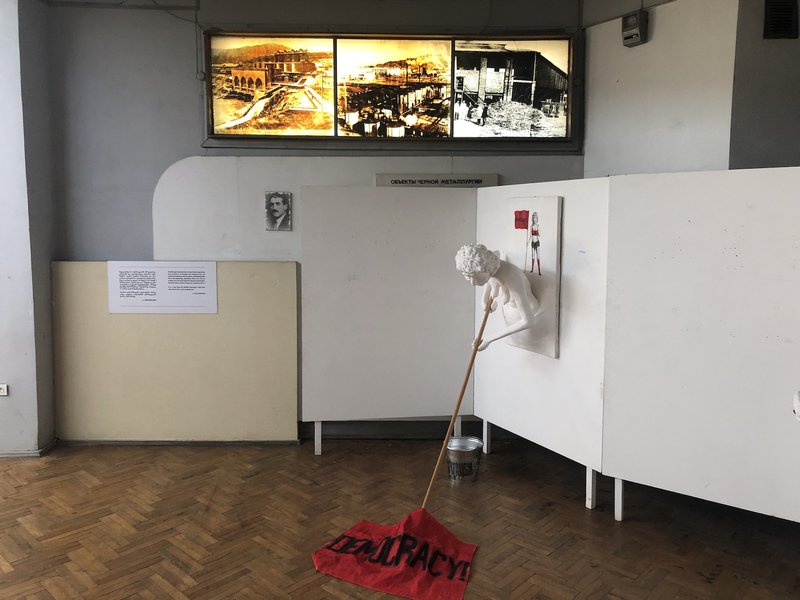The City of Balconies: elite politics and the changing semiotics of the post-socialist cityscape
My first experience of Tbilisi was in the spring of 1992, a few short months after the coup that ousted the first post-socialist government of Zviad Gamsakhurdia. It also leveled much of a historic portion of the downtown area. The general who had led the coup, Tengiz Kitovani, had been a sculptor in the socialist period. As a result, the devastated downtown region became known jokingly at the time as ‘Kitovani’s exhibition’.
The coup against Gamsakhurdia was transformative in its effects on the Georgian city not only in the plastic arts, but also socially. The emergent political divide between Anti- and Pro-Gamsakhurdia (‘Zviadist’) orientations often boiled down to the inherited cultural division between Tbiliseli ‘Tbilisian’ and provincial Georgian villagers. The nationalist Gamsakhurdia government’s support was strongest amongst present or erstwhile Georgian villagers, whilst old urbanites, and the urban intelligentsia in particular, ranged themselves against the new government.
The 1992 coup was also a family feud within the socialist intelligentsia: A philologist-dissident-turned-president ousted by a sculptor-turned-general (Kitovani) and a criminal-turned-writer-turned-warlord (Jaba Ioseliani), the coup illustrated emergent and opposed tendencies within the socialist intelligentsia. Different self-conceptions of the urban intelligentsia were, as it were, incarnated in the figures who led this coup. On the one hand, the coup, in which a sculptor-turned-general ousted a philologist-turned-president, illustrates a public, exoteric, battle over the self-definition of the intelligentsia, an essentially urban, elitist intelligentsia (represented by Kitovani) turning against a provincial or provincializing one (represented by Gamsakhurdia). On the other hand, the presence of a unique ‘hybrid’, Jaba Ioseliani, a well-known criminal (‘thief of the law’, Georgian k’anonieri kurdi, Russian vor v zakone) breaking the criminal laws of non-engagement with public political life, who was himself also a writer and intelligent turned paramilitary leader, gives the coup another hidden, esoteric dimension. Here urban life and the intelligentsia is characterized not as a public apotheosis of national culture (dividing the intelligentsia from the people as urban to rural, but reuniting them within the framework of the nation), but as an urban bohemian subculture, stressing the opposition between the intelligentsia and the people, private urban subculture and public national culture.





